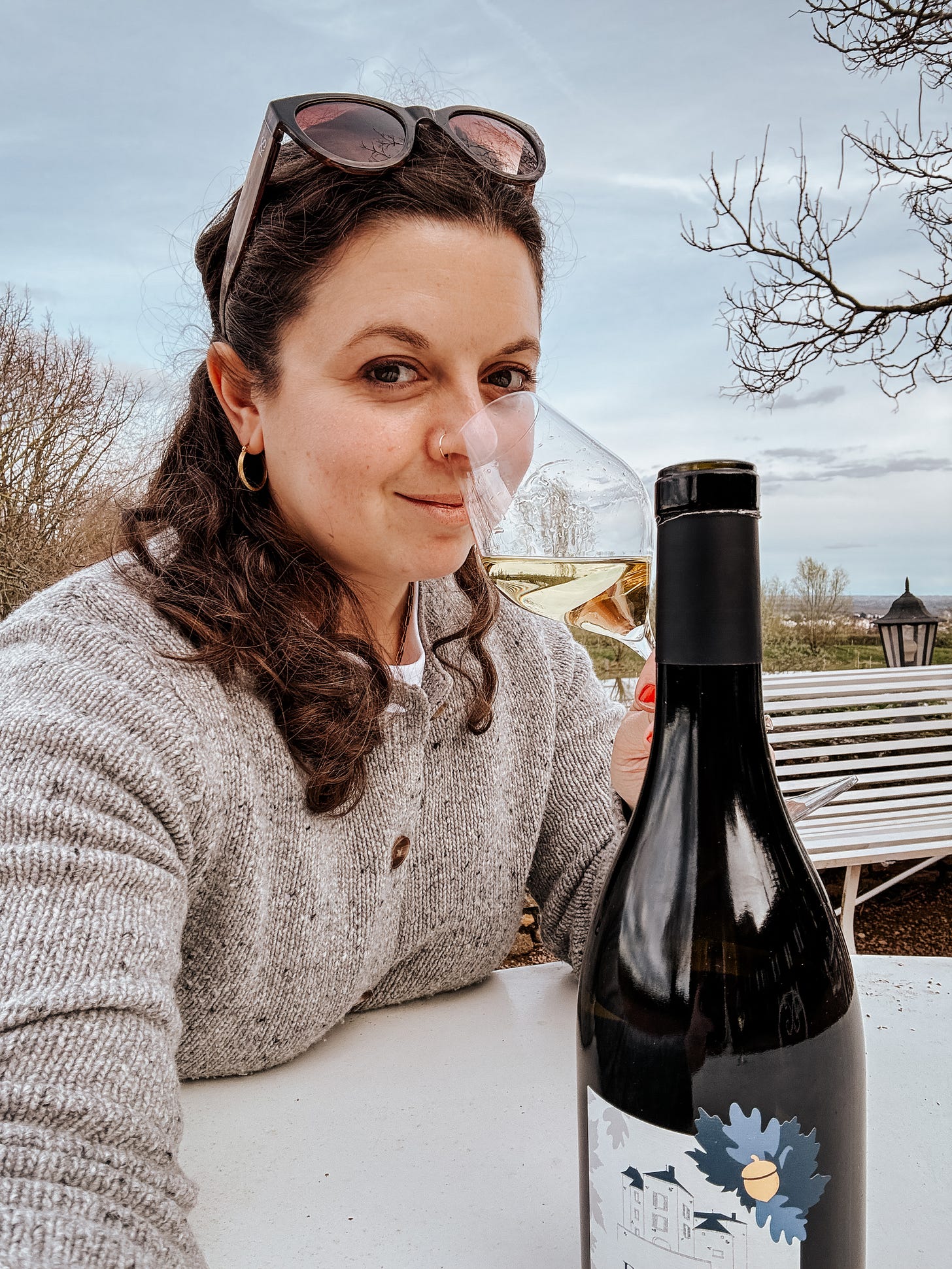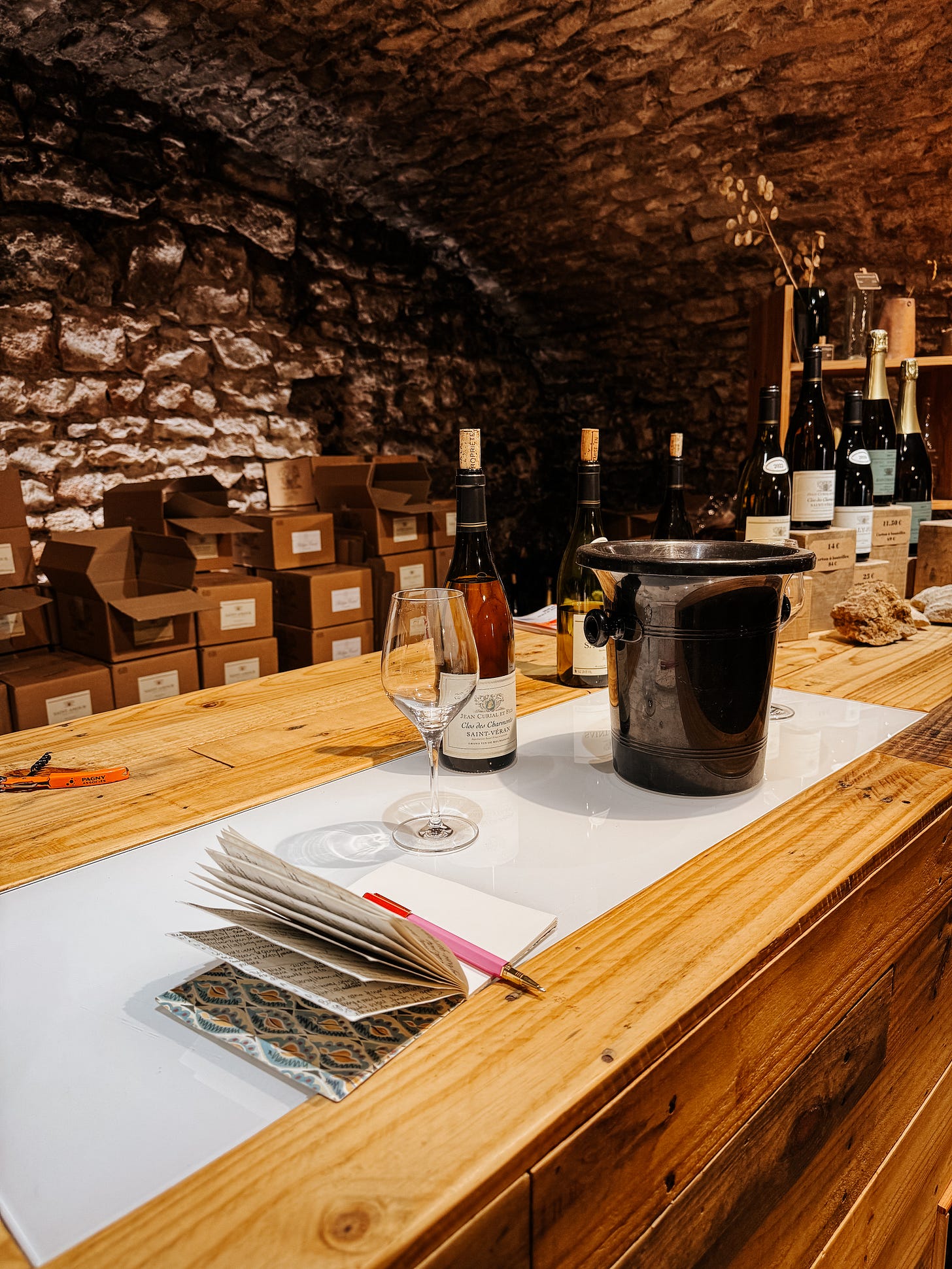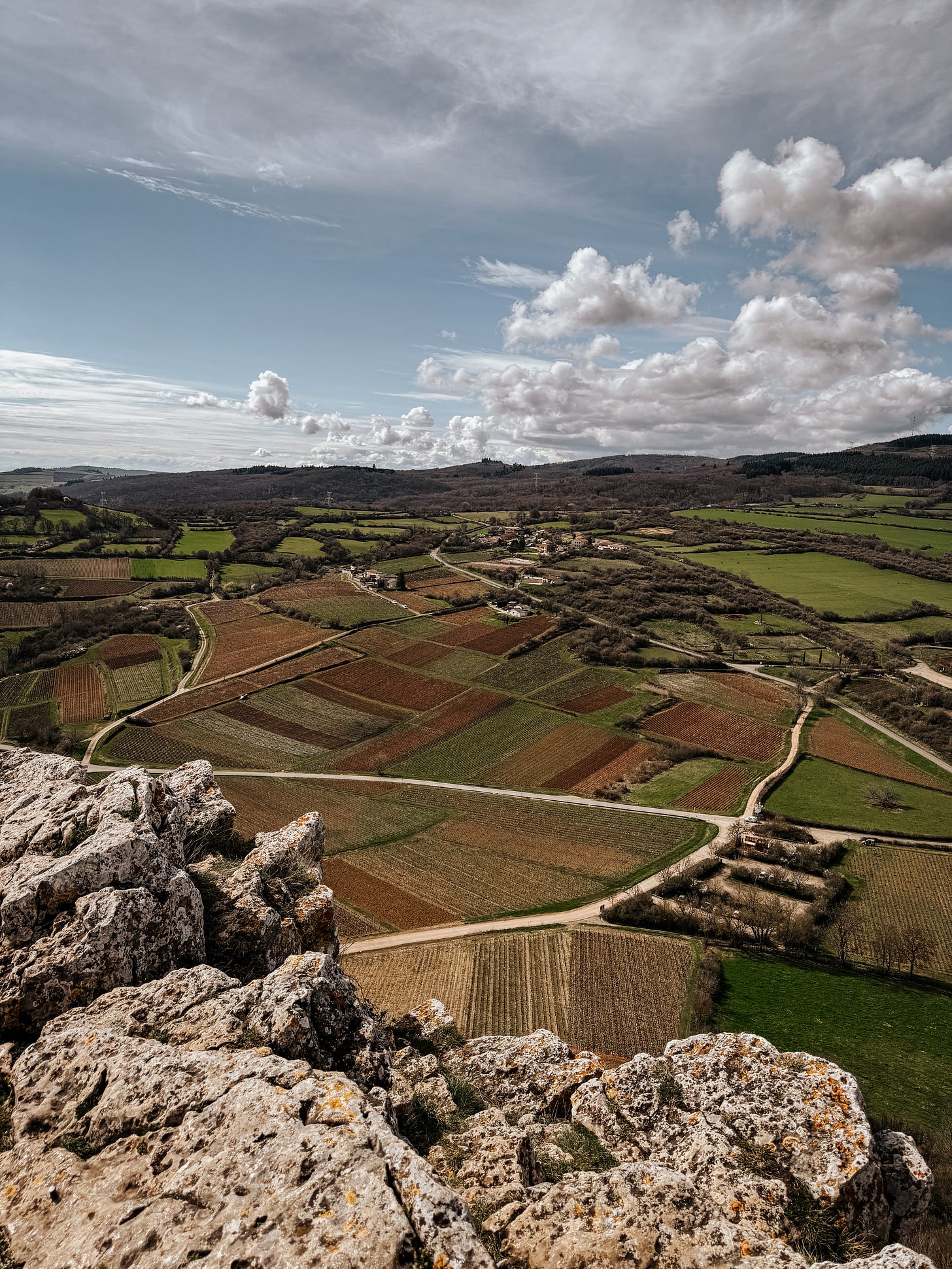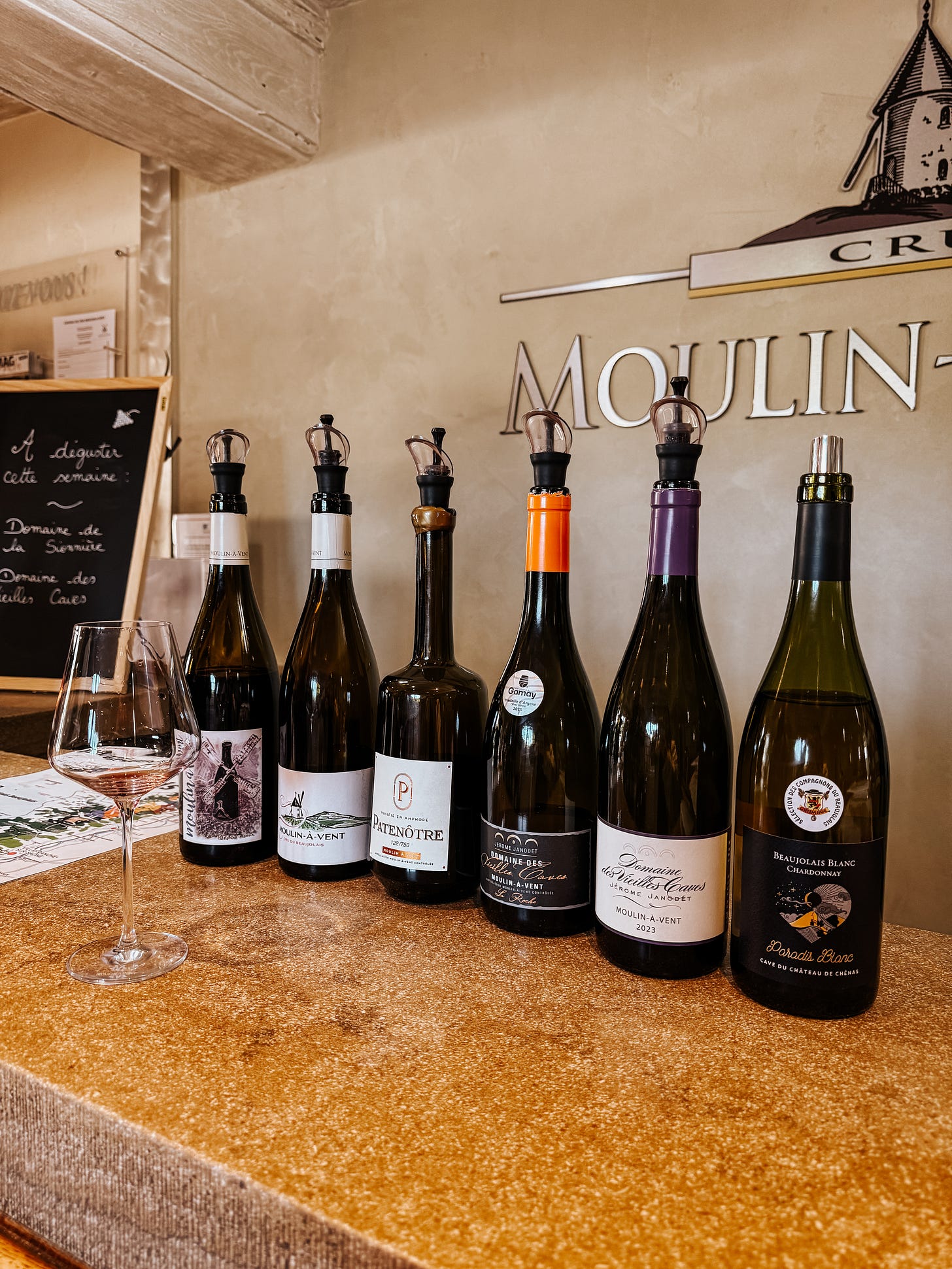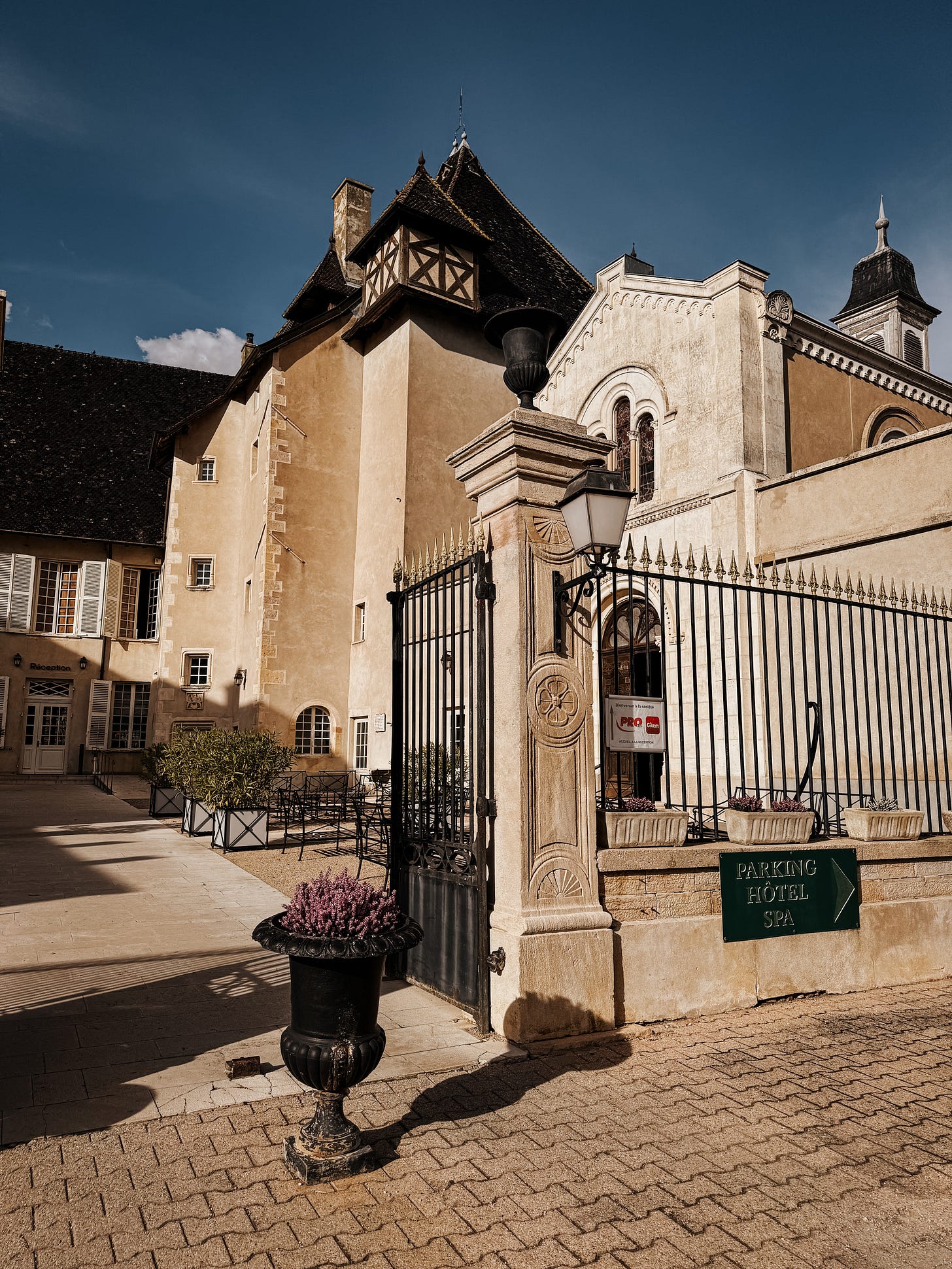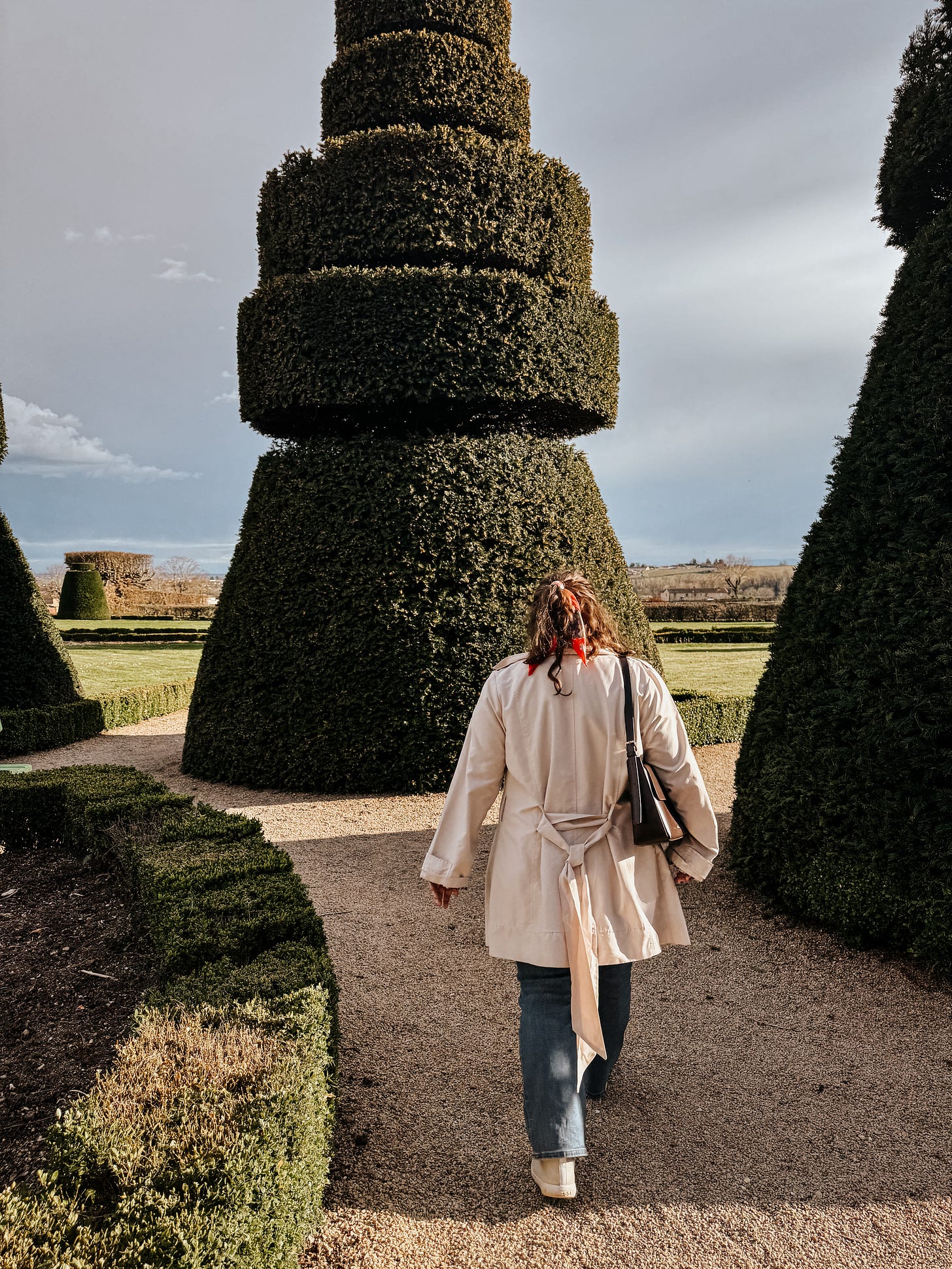Fresh off my graduation from Le Cordon Bleu, I took a train to France and embarked on my first wine-tasting trip as a sommelier. I had quite the itinerary planned—Mâcon, Beaujolais, the entire Rhône valley, driving through some of the Languedoc before staying in Montepellier, then finishing off with a few nights in Paris before a trip to Champagne. I knew there was no way I would be able to really dive deep into each region with only a day or two planned in each one, but I didn’t care. I was eager to see the regions. After many months of learning about them in classrooms, I just wanted to get my eyes on it.
Even so, I was humbled by the experience.
I went to the south of France with a general plan. I knew where I was staying, I knew what regions I would explore, and after some research on Decanter and Google Maps, I thought I knew where I was going to taste. Turns out, I was far from prepared. But…I do find when I’m traveling that sometimes those messy parts lead to some great discoveries.
After taking a trip down to Lyon and picking up a car rental, we were off to our first stop: Mâconnais. We traveled on a Sunday, which I think is the ideal day to travel in France. Why? Because everything is closed. Even so, we were able squeeze in a lunch at La Terrasse du Beaujolais which sits at the top of the Chiroubles appellation with an incredible view of the region before settling in for the night at Château de Salornay. We booked the Grand Room and I finally got to live out my fairytale dream of living like a princess in a castle…with a bottle of their excellent wine.
Day two was our first day attempting to do some tastings, which is where I found myself humbled. The day started in Pouilly-Fuissé. I was ready to try some tropical-fruit goodness coming from this region, as well as Saint-Véran. (Both of these are appellations within Mâconnais, wines made with Chardonnay.) I consulted my carefully planned map and stopped by two smaller Domaines. I parked the car, saw someone working there, and simply asked “Tasting?”
“Oui.”
Then we followed them into tiny tasting rooms and tried the spectrum. Domaine du Roure Michel et Fils has five different appellations within Mâconnais, and Domaine Jean Curial et Fils has a number of appellations both in Mâconnais and Beaujolais, since they’re right on the cusp of both regions.
This is where things got tricky: the wine tastings are free. This is not something I expected going in, but after a few days into the trip, I learned that producers aren’t allowed to charge for wine unless they want to get a license for it. Some of the larger producers will have “museums” you can walk through, and they will charge you for a ticket for the museum…which includes a tasting. It’s their way of getting around it. We ended up doing a mix of both experiences during our trip.
However…for the producers that don’t charge, there’s kind of an unspoken expectation to buy a bottle when you’re finished. These Domaines are small; you likely won’t see them on the market. These are small producers making wine within the region, selling it locally through cellar doors or have connections with boutique importers. We weren’t looking to buy cases to fly back to the States, and we weren’t on a massive tour or trade tasting. So we bought a couple bottles. Not complaining—I ended up with some great wine to enjoy the rest of my trip, especially at night when I was no longer driving and no longer in need of a spittoon.
We divided our time with a hike up the Rock of Solutré, which has the most stunning view of southern Burgundy. Only one kilometer and 38 minutes of sweat, but worth every minute of it for that view.
Then we drove into northern Beaujolais, where you find the premium wines coming from the 13 Crus. This is when I discovered the Caves. The Caves are the cooperatives, and they have tasting rooms where you can try a variety of wines from that particular Cru in the region. These are found along the Beaujolais Wine Route, which makes it easy to hit village after village and taste the wines coming from there. Don’t worry—there are spittoons. And the tastings are free.
After an incredible tasting at Château des Bachelards, we popped into Cave de Fleurie Beaujolais Villages and Caveau du Cru Moulin à Vent before calling it a day. We then drove to Château de Pizay where we were staying for the night; a delightfully charming château that has their own tasting room, restaurant, and spa. And, to my delight, a historic wine trail where you can walk along the vines and get a marvelous glimpse of Beaujolais. I explored the grounds with a glass of their Blancs de Blanc in hand.
I only had five days to plan out a wine trip in France, so I limited our time in southern Burgundy to two days. Truthfully, it was not enough. I could have likely done a week in Beaujolais and taken my time through the wine region. And maybe do it during the season, which starts on April 1. (I was there March 23 to 25, smh.) But alas, you learn from your mistakes, and I look forward to the day I get to go back.
Next stop, the Rhône Valley!
Wine of the Week
It was difficult to pick this week’s wine…but I had to go with the one that really blew me away. This is the Fleurie 2022 from Château des Bachelards in Beaujolais, France. It is made with 100% Gamay grapes.
Tasting notes
Appearance: Ruby color with a deep intensity.
Nose: Bright black fruits, violets, a little earthy. Some chocolate and vanilla notes, so there’s evidence of oak.
Palate: High acidity, medium body, medium alcohol, soft tannins but with some dryness from the oak.
My conclusion: Bold and beautiful, this wine is sheer elegance coming from the region. Bright black fruits, fresh violets, with some chocolate and vanilla on the finish.







